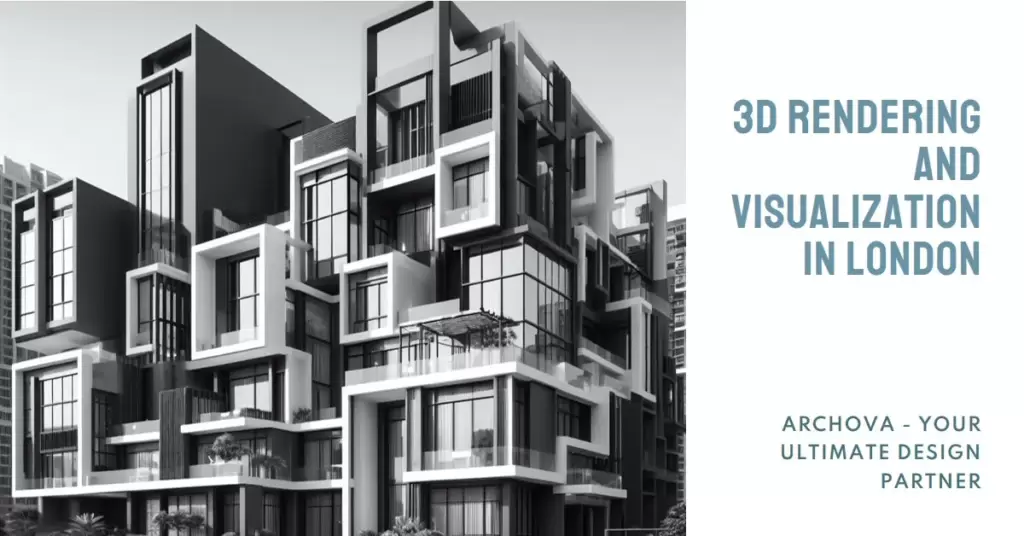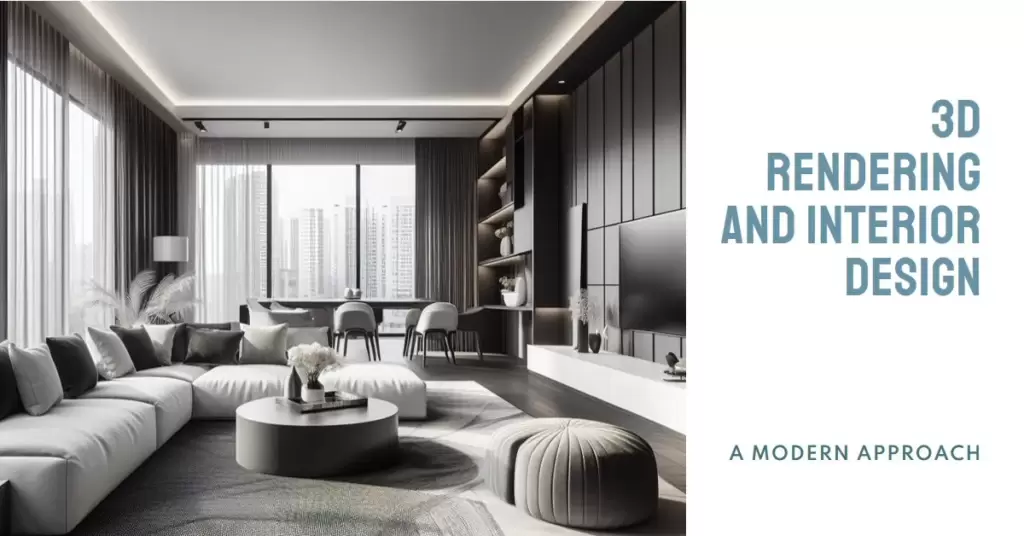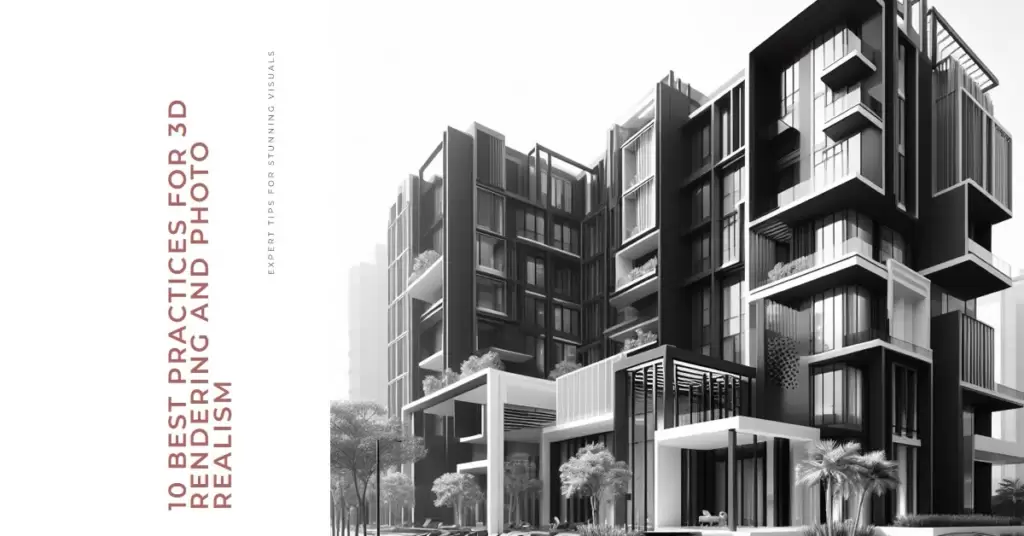
Table of Contents
In the vibrant metropolis of London, the integration of 3D rendering and visualization technologies has revolutionized the architectural and design landscape. This blog post delves into the transformative power of visualization in the heart of the UK, exploring how advanced rendering techniques are shaping the city’s skyline and redefining the way architectural projects are conceived, communicated, and executed.
Section 1: London’s Architectural Renaissance
Title: Skyline Symphony: 3D Rendering’s Role in London’s Architectural Renaissance
London, a city steeped in history, is experiencing an architectural renaissance fueled by 3D rendering and visualization technologies. This section explores how architects and designers leverage these tools to breathe life into their concepts. The ability to create immersive and realistic visualizations enables stakeholders to envision proposed structures in the context of London’s iconic skyline, fostering a harmonious blend of modernity and tradition.
As architectural projects increasingly push the boundaries of innovation, 3D rendering serves as a catalyst for creative exploration. The dynamic interplay of historical and contemporary influences is beautifully articulated through visualizations, paving the way for a new era of architectural excellence in the city.
Section 2: Designing with Precision in the City
Title: Precision Prowess: 3D Rendering’s Impact on Architectural Design in London
In the intricate dance of designing architectural marvels, precision is paramount. This section explores how 3D rendering allows designers in London to execute their visions with meticulous accuracy. From detailing the facades of modern skyscrapers to preserving the intricate embellishments on historical landmarks, visualization technologies empower architects to craft designs that seamlessly integrate with London’s diverse urban fabric.
The precision offered by 3D rendering transcends mere aesthetic appeal; it streamlines the design process, minimizes errors, and facilitates effective communication among project stakeholders. As London continues to evolve, architects armed with advanced visualization tools can navigate the complexities of urban design with unparalleled accuracy.
Section 3: Enhancing Public Engagement
Title: Cityscapes in Focus: 3D Rendering’s Contribution to Public Engagement
Engaging the public in the architectural dialogue is a cornerstone of sustainable urban development. This section delves into how 3D rendering serves as a bridge between architects and the public in London. Visualizations offer a glimpse into proposed projects, fostering a sense of community involvement and allowing residents to connect emotionally with the evolving cityscape.
By presenting realistic depictions of future developments, architects and city planners can garner valuable feedback, ensuring that projects align with the needs and aspirations of London’s diverse population. The democratization of the design process through visualization contributes to a more inclusive and transparent approach to urban development.
Section 4: Iconic London Landmarks Reimagined
Title: Timeless Transformations: Reimagining Iconic London Landmarks with 3D Rendering
London’s skyline is studded with iconic landmarks that embody the city’s rich heritage. This section explores how 3D rendering enables architects and designers to reimagine these landmarks, marrying tradition with innovation. Whether preserving the historic charm of the Tower Bridge or envisioning futuristic transformations of the London Eye, visualization technologies breathe new life into the familiar, sparking conversations about the city’s evolving identity.
The ability to experiment with different design iterations in a virtual space ensures that proposed alterations to these landmarks are met with informed and thoughtful consideration. London’s architectural narrative, woven with threads of history and progress, unfolds through the lens of 3D rendering.
Section 5: Virtual Walkthroughs of Future London
Title: London Unveiled: Navigating Future Spaces Through Virtual Walkthroughs
In an era where immersive experiences define the way we interact with our surroundings, virtual walkthroughs have become a staple in the architectural visualization toolkit. This section explores how 3D rendering allows architects to create virtual experiences that transport viewers through future London spaces. From bustling urban districts to serene parks, these walkthroughs provide a realistic preview of the city’s evolving landscape.
Architects in London leverage virtual walkthroughs not only as a design tool but also as a means of storytelling. By inviting viewers to step into the envisioned spaces, architects cultivate a deeper connection between people and the architecture that will shape their daily lives.
Section 6: Sustainable Design Solutions
Title: Green Horizons: Advancing Sustainable Design in London Through Visualization
London, with its commitment to sustainability, is witnessing a surge in eco-conscious architectural projects. This section explores how 3D rendering facilitates the visualization of sustainable design solutions. Architects can model green roofs, energy-efficient facades, and innovative urban green spaces, providing a visual narrative of London’s journey towards a more sustainable and environmentally conscious future.
Visualization technologies play a crucial role in conveying the ecological impact of architectural decisions. As sustainability takes center stage in London’s design ethos, 3D rendering serves as a powerful advocate for green initiatives and environmentally responsible urban planning.
Section 7: Collaboration Across Disciplines
Title: Synergies Unleashed: 3D Rendering’s Role in Multidisciplinary Collaboration
In the complex web of urban development, collaboration across disciplines is essential. This section explores how 3D rendering acts as a common language, facilitating collaboration between architects, urban planners, engineers, and other stakeholders in London. The ability to create a shared visual reference fosters interdisciplinary communication, ensuring that diverse perspectives converge seamlessly in the pursuit of a unified vision for the city.
As London’s urban landscape becomes increasingly interconnected, the role of 3D rendering in breaking down silos and fostering cross-disciplinary collaboration becomes ever more pronounced. The city’s metamorphosis is a collective endeavor, and advanced visualization technologies are the glue that binds diverse expertise.


Section 8: Cutting-Edge Technologies Shaping London’s Future
Title: Futuristic Frontiers: Navigating London’s Tomorrow with Cutting-Edge Visualization Technologies
The ever-evolving landscape of London’s architecture is intrinsically tied to the evolution of visualization technologies. This section explores the cutting-edge tools and techniques that are shaping the future of 3D rendering in the city. From real-time rendering to augmented reality applications, architects in London are at the forefront of adopting technologies that redefine the boundaries of what is possible in architectural visualization.
As the city embraces the possibilities of tomorrow, architects and designers leverage these technologies to push the envelope, creating visualizations that not only anticipate future trends but actively contribute to shaping them.


